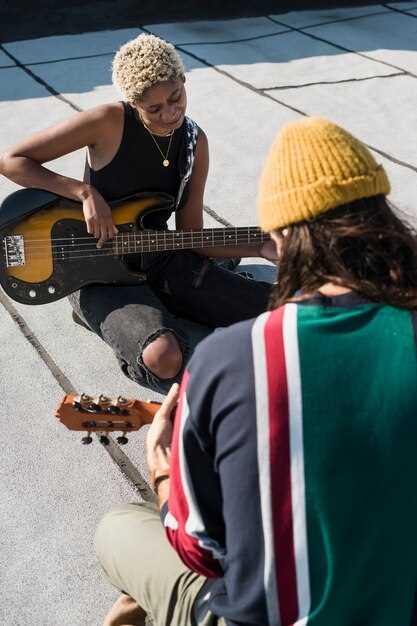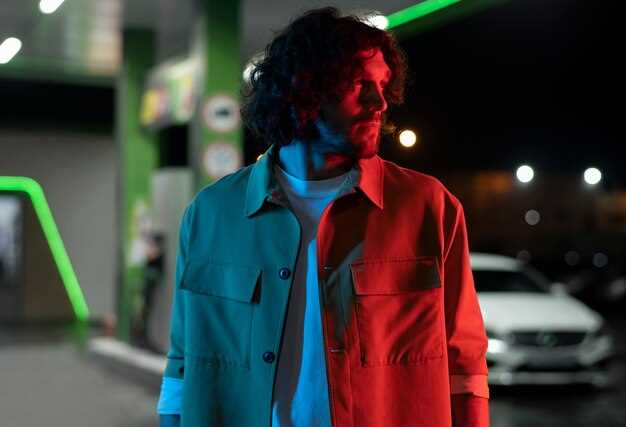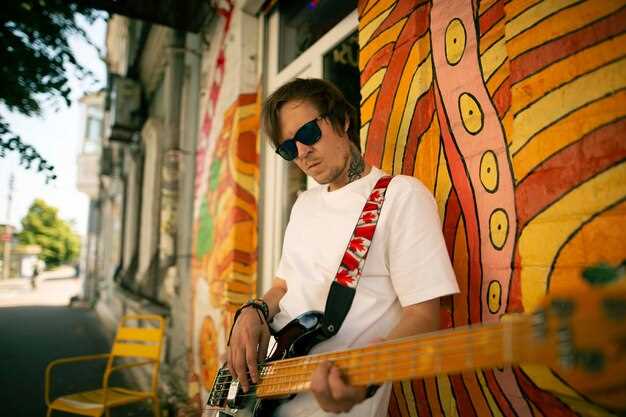
The tuning culture has significantly reshaped the landscape of street performance, driving innovation and creativity among automotive enthusiasts worldwide. This dynamic movement, which began as a grassroots phenomenon, has evolved into a major force influencing not only individual vehicle modifications but also the broader automotive industry. By exploring the intricate relationship between tuning and street performance, we can better understand how enthusiasts have transformed their vehicles into expressions of personal identity and engineering prowess.
From the early days of simple modifications to today’s sophisticated multi-faceted tuning practices, the street performance scene has witnessed remarkable advancements. Tuners have continually pushed the boundaries of what is possible, experimenting with everything from engine upgrades to aesthetic enhancements. This relentless pursuit of performance has not only changed the way vehicles are built but has also impacted the driving experience, leading to a new set of standards for enthusiasts and manufacturers alike.
Moreover, the intersection of tuning and technology has catalyzed the growth of a subculture that values knowledge sharing, community engagement, and competitive spirit. Tuner culture encourages collaboration, fostering a sense of belonging among fans and experts who exchange tips and techniques. This collaborative zone has propelled the evolution of street performance beyond individual projects, creating a rich tapestry of innovation that continues to shape the future of automotive performance.
How Tuner Communities Shape Automotive Modifications

Tuner communities play a pivotal role in the evolution of automotive modifications within the street scene. These passionate groups of enthusiasts create a culture that promotes innovation, collaboration, and creativity in car customization. Their influence can be observed in various aspects of automotive performance, aesthetics, and overall design. Here’s how they shape automotive modifications:
- Knowledge Sharing: Tuner communities often serve as platforms for sharing knowledge about performance upgrades, tuning techniques, and modification strategies. Enthusiasts exchange tips on everything from engine performance to suspension settings, which leads to a more informed and skilled community.
- Innovation in Parts: Many aftermarket parts are developed in response to the specific needs and desires of the tuner scene. Companies often listen to feedback from enthusiasts to improve existing products and innovate new modifications that enhance both performance and style. This bi-directional relationship drives the automotive market forward.
- Events and Competitions: Tuner communities frequently organize meet-ups, car shows, and competitive events that showcase modified vehicles. These gatherings foster a spirit of competition that pushes enthusiasts to explore new limits and elevate their builds, influencing trends across the entire street performance scene.
- Online Platforms: Social media and forums have transformed the way tuners connect and share modifications. These platforms allow users to showcase their vehicles, provide tutorials, and engage in discussions, thus creating a vast archive of knowledge and inspiration that benefits newcomers and veterans alike.
- Influence on Trends: Trends in automotive modifications often originate within localized tuner communities. As certain styles gain popularity, they quickly spread to broader audiences, impacting how enthusiasts approach their own builds. This has led to the rise of popular movements like stance culture, drift cars, and performance tuning.
- Community Support: Many modified vehicle owners face challenges during the tuning process. Tuner communities offer support and encouragement, whether through troubleshooting advice or simply moral support. This camaraderie strengthens community bonds and encourages continued innovation.
In conclusion, tuner communities significantly influence automotive modifications by fostering collaboration, creativity, and innovation. The collective efforts of these enthusiasts not only shape individual builds but also drive the street performance scene forward, creating a vibrant culture that continuously evolves.
The Role of Digital Platforms in the Growth of Street Tuning
Digital platforms have revolutionized the landscape of street tuning, providing enthusiasts with unprecedented access to information, resources, and community engagement. Social media networks such as Instagram and YouTube serve as vital hubs for sharing tuning experiences, showcasing modifications, and connecting with like-minded individuals. These platforms allow tuners to display their vehicles, offering visual inspiration and practical insights that were previously limited to local car meets or tuning shops.
Online forums and dedicated websites have emerged as knowledge repositories, where users can exchange ideas, troubleshoot problems, and discuss the latest tuning technologies. This sharing of information fosters innovation, as enthusiasts build on each other’s experiences, creating an environment conducive to experimentation and creativity in street tuning.
E-commerce has also been significantly impacted by digital platforms, enabling easier access to aftermarket parts and tuning services. Online retailers provide a vast array of options, allowing tuners to source components that suit their preferences and performance goals. The convenience of online shopping has simplified the process of upgrading vehicles, making it more accessible to a broader audience.
Furthermore, digital platforms have enabled the rise of influencers within the street tuning community. These individuals often showcase their projects and transformations, driving trends and shaping consumer behavior in the tuning sector. Their recommendations and insights can sway public opinion and create demand for specific modifications, igniting a ripple effect in the marketplace.
In conclusion, digital platforms play a crucial role in the growth of street tuning by enhancing communication, expanding access to resources, and elevating the overall tuning culture. They facilitate knowledge sharing and community building, ultimately transforming how enthusiasts engage with street performance and modifications.
Regulatory Challenges Faced by Street Performance Enthusiasts

The evolution of the tuner culture has significantly influenced street performance, leading to a vibrant scene characterized by creativity and innovation. However, this growth has also brought a multitude of regulatory challenges that enthusiasts must navigate. Many cities have implemented strict noise regulations, limiting the decibel levels that modified street vehicles can produce. These laws often stem from complaints by residents who are disturbed by the sounds of high-performance engines and modified exhaust systems.
Another key challenge lies in vehicle modification regulations. Authorities frequently impose restrictions on aftermarket parts, which can affect engine performance, suspension modifications, and other enhancements. Enthusiasts often find themselves in a dilemma between the desire for personalization and the risk of legal repercussions. The interpretation of these regulations can vary widely between jurisdictions, creating confusion and inconsistency in enforcement.
Moreover, events showcasing street performance, such as car meets and races, often face scrutiny from law enforcement. Many municipalities have enacted ordinances that restrict or prohibit gatherings, citing safety concerns and traffic disruptions. As a result, enthusiasts are pressured to seek alternative venues or risk legal action, which can stifle the community’s spirit and hinder the growth of the street scene.
Licensing requirements also pose significant hurdles. In some areas, individuals must obtain specific permits to engage in street performance activities, which can involve lengthy and costly application processes. This regulatory burden can discourage grassroots events and limit opportunities for enthusiasts to showcase their vehicles and skills.
Despite these challenges, the street performance community continues to advocate for more lenient regulations that recognize the cultural significance of tuner vehicles. Collaborative efforts are underway, bringing together enthusiasts, local businesses, and policymakers to create a more supportive environment. By addressing these regulatory hurdles, the street scene can thrive, fostering a culture of innovation and shared passion for performance vehicles.
